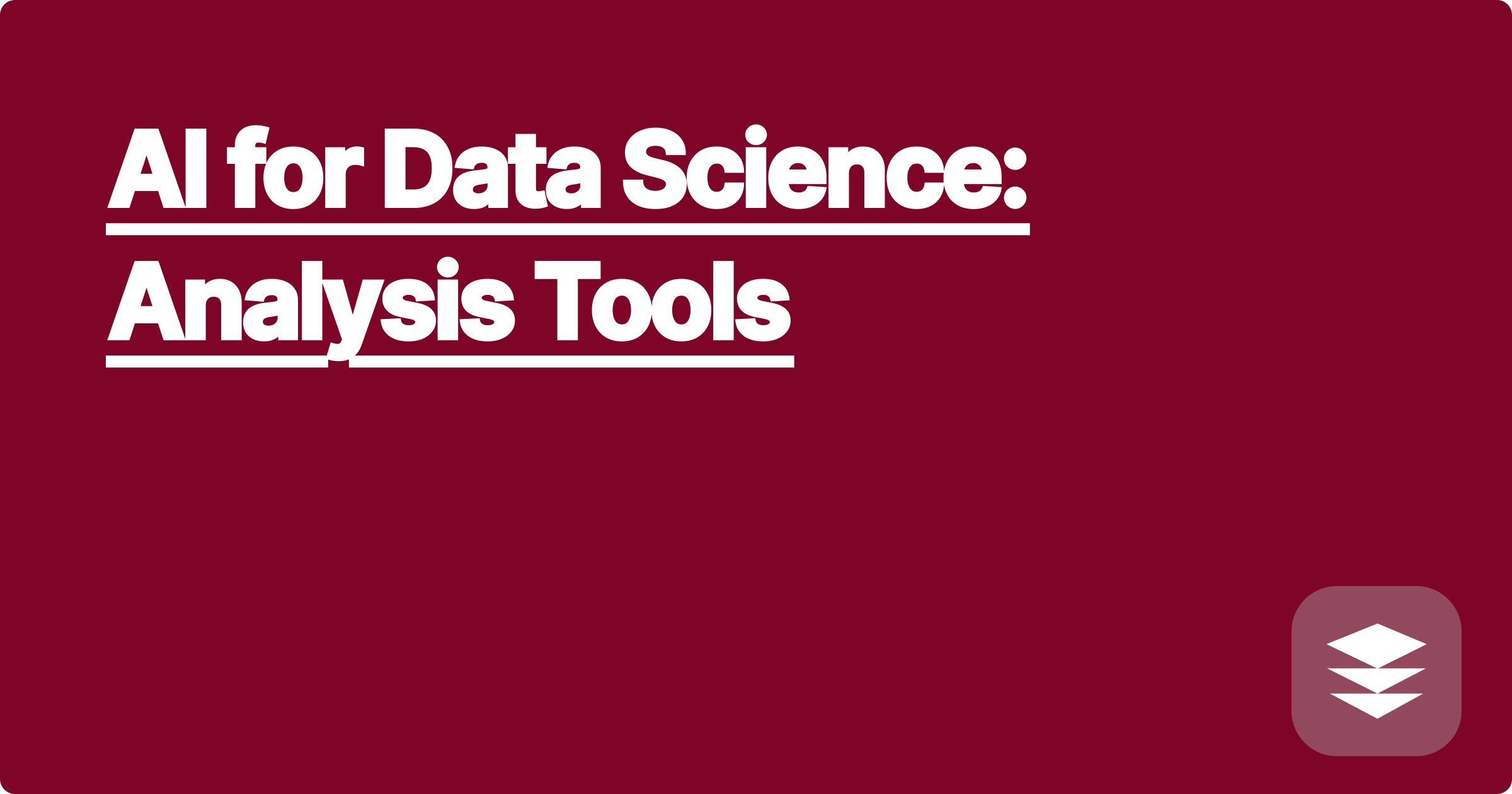
The demanding world of STEM education and research often leaves students feeling overwhelmed. Balancing coursework, research projects, and personal life can be a constant struggle. The sheer volume of information to process, complex concepts to grasp, and the pressure to excel can lead to burnout and hinder academic progress. However, the rise of artificial intelligence offers a powerful set of tools to transform this challenging landscape, providing personalized learning experiences and optimizing time management strategies. This blog post will explore how AI-powered tools can empower STEM students and researchers to achieve outstanding academic results, focusing on practical strategies for GPA enhancement and research efficiency. We'll delve into how these tools can be seamlessly integrated into your workflow, offering a personalized approach to learning and time management.
Imagine having a personalized tutor available 24/7, capable of analyzing your learning style, identifying your weaknesses, and tailoring study plans to your specific needs. Picture a research assistant that can sift through mountains of literature, summarize key findings, and even help formulate research questions. This is the potential of AI in STEM education. By leveraging these tools effectively, you can gain a significant edge, not only improving your GPA but also enhancing your research productivity and overall academic experience. We'll explore specific examples tailored to different STEM disciplines, offering practical advice and actionable steps to integrate AI into your academic journey.
STEM fields are characterized by their rigorous curriculum and the constant need to stay updated with the latest advancements. Students often face difficulties in managing their time effectively, leading to procrastination and decreased productivity. Understanding complex concepts can be a challenge, especially when dealing with abstract theories and intricate mathematical models. Research, a crucial component of STEM education, requires extensive literature reviews, data analysis, and meticulous experimentation, often leaving students feeling overwhelmed. Traditional learning methods often lack personalization, failing to address the unique needs and learning styles of individual students. Furthermore, the pressure to maintain a high GPA and publish impactful research can contribute to stress and anxiety, impacting both academic performance and overall well-being.
AI-powered platforms like the hypothetical GPAI (or existing tools like Grammarly, QuillBot, and Wolfram Alpha) offer a comprehensive solution to these challenges. GPAI, for instance, can create personalized learning plans based on individual student strengths and weaknesses. Its intelligent algorithms analyze past performance, identify knowledge gaps, and recommend targeted learning resources. For example, a physics student struggling with mechanics might receive personalized exercises and simulations focused on this specific area. Similarly, a chemistry student could utilize AI-powered molecular modeling tools to visualize complex chemical reactions and deepen their understanding. AI-powered research assistants can streamline the literature review process, summarizing key findings from thousands of research papers and identifying relevant studies. These tools can also assist with data analysis, identifying patterns and insights that might be missed with traditional methods.
Integrating AI tools into your workflow doesn't require a complete overhaul of your study habits. Start by identifying your specific needs and challenges. Are you struggling with time management? Do you find it difficult to understand certain concepts? Are you overwhelmed by the research process? Once you've pinpointed your areas for improvement, explore available AI tools that address those specific needs. For example, if time management is a challenge, consider using an AI-powered scheduling app that integrates with your calendar and suggests optimal study times based on your workload and deadlines. If you're struggling with a particular subject, explore AI-powered tutoring platforms that offer personalized exercises and feedback. For research, utilize AI-powered literature review tools and data analysis platforms. Begin by experimenting with different tools and find the ones that best fit your learning style and workflow.
Consider a biology student researching the effects of a specific gene on plant growth. They could use an AI-powered literature review tool to quickly identify relevant studies, saving hours of manual searching. Furthermore, they could use AI-powered data analysis tools to analyze experimental data, identifying correlations and patterns that might be missed with traditional statistical methods. A mechanical engineering student designing a new type of engine could use AI-powered simulation software to test different designs and optimize performance without the need for costly physical prototypes. A mathematics student struggling with complex proofs could use AI-powered tools like Wolfram Alpha to step through the proof process, gaining a deeper understanding of the underlying logic. These are just a few examples of how AI can be applied across various STEM disciplines.
To maximize the benefits of AI tools, it's crucial to develop effective strategies for their use. Integrate AI tools into your existing study routine, using them to supplement traditional learning methods. Don't rely solely on AI; instead, use it as a powerful tool to enhance your understanding and improve your efficiency. Regularly evaluate the effectiveness of the tools you're using and adjust your approach as needed. Combine AI-powered learning platforms with proven time management techniques like the Pomodoro method. Break down large tasks into smaller, manageable chunks and use AI tools to track your progress and stay on schedule. Don't forget the importance of self-care. AI-powered meditation and mindfulness apps can help manage stress and maintain a healthy work-life balance.
Finally, remember that AI is a tool, not a replacement for hard work and dedication. Use these powerful tools to augment your efforts, not replace them. By combining the power of AI with your own intellectual curiosity and perseverance, you can unlock your full academic potential and achieve outstanding results in your STEM journey. Explore the resources available, experiment with different platforms, and discover the strategies that work best for you. Embrace the power of AI to transform your learning experience and pave the way for a successful and fulfilling career in STEM. Start small, stay consistent, and watch your academic performance soar.
AI-Driven Research: Find Key Papers
Bio Homework Help: AI Assistance
Smart Engineering: AI Tools Guide
Coding Made Easy: AI Debugging
Study Smarter: AI Time Management
AI for Data Science: Analysis Tools
Statistics Made Simple: AI Help